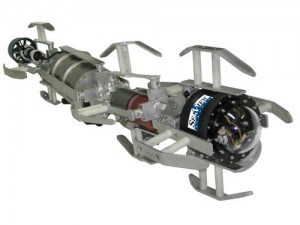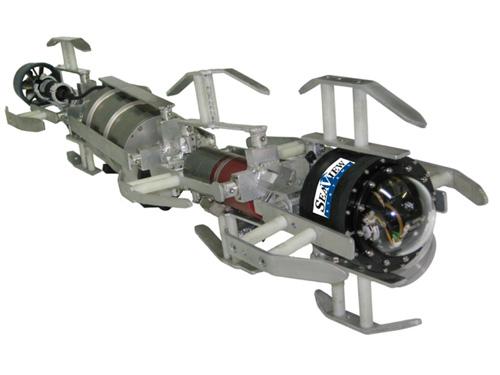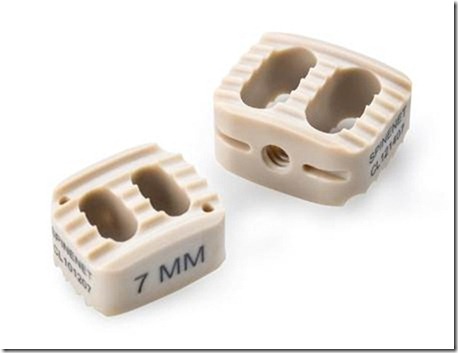
Many robots designed to operate on or in water are destined to serve in military, naval, and homeland security capacities.
Others are aimed at scientific exploration and data gathering, such as monitoring marine ecosystems and gathering data about water quality.
Some of the plainer ones are remotely operated vehicles (ROVs), underwater unmanned vehicles (UUVs), or autonomous underwater vehicles (AUVs): the naval versions of their unmanned ground vehicle (UGV) and unmanned aerial vehicle (UAV) counterparts. Others look like fish, jellyfish, or submarines.
Whether they navigate the salty seas or fresh water lakes, rivers, or oceans, many models can do a number of different types of tasks, depending on their payloads.
Robots made to work in water are usually designed to be either remote-controlled or autonomous, and some can even switch from one mode to another.
Source: www.designnews.com/author.asp?section_id=1386&doc_id=262528&itc=dn_analysis_element&






